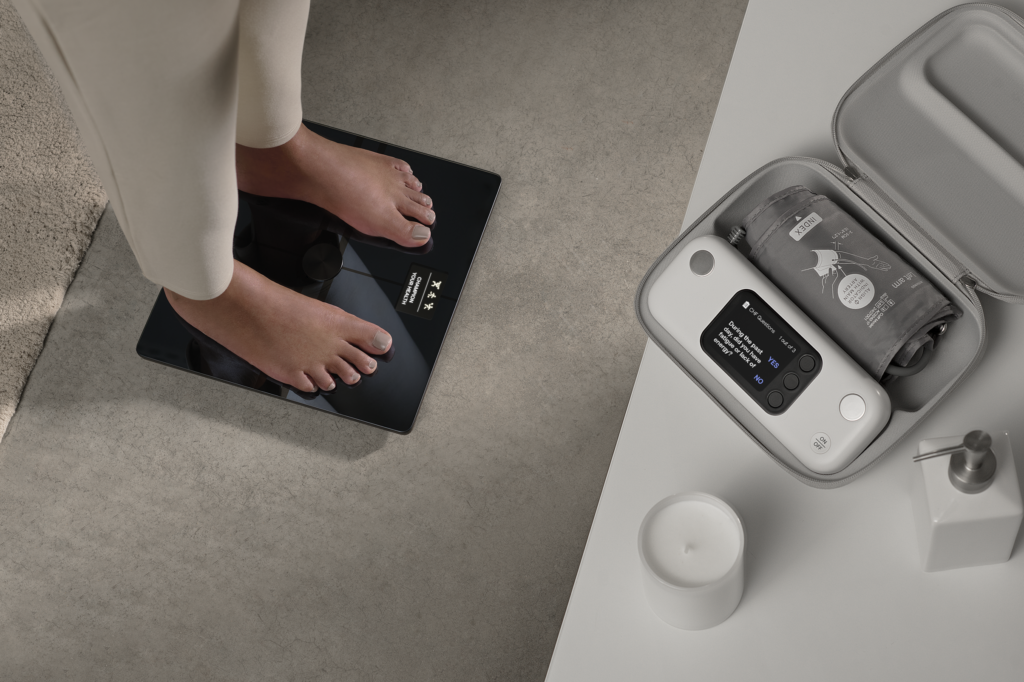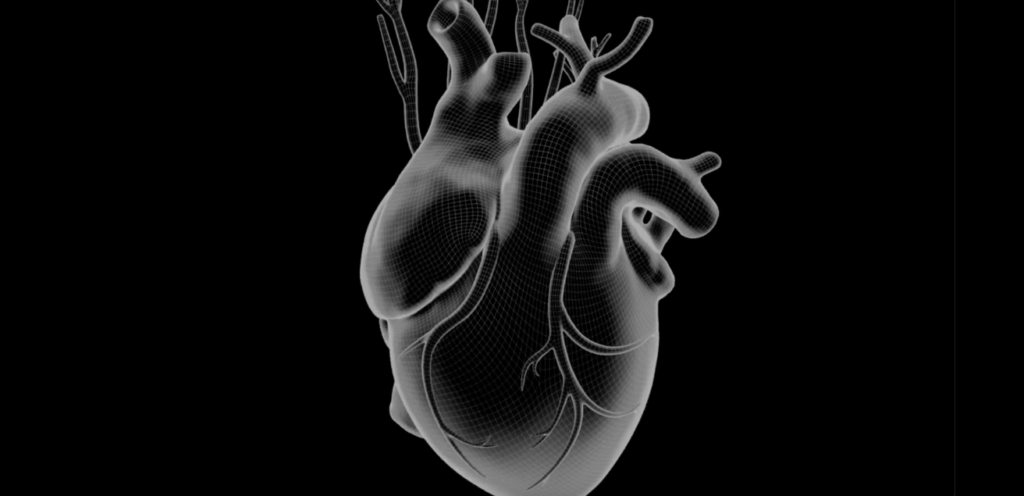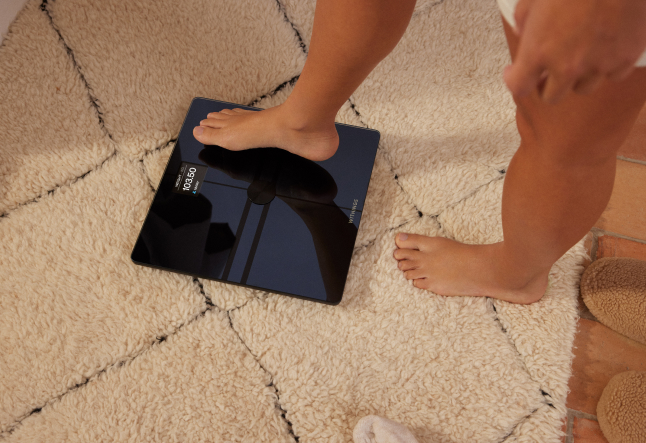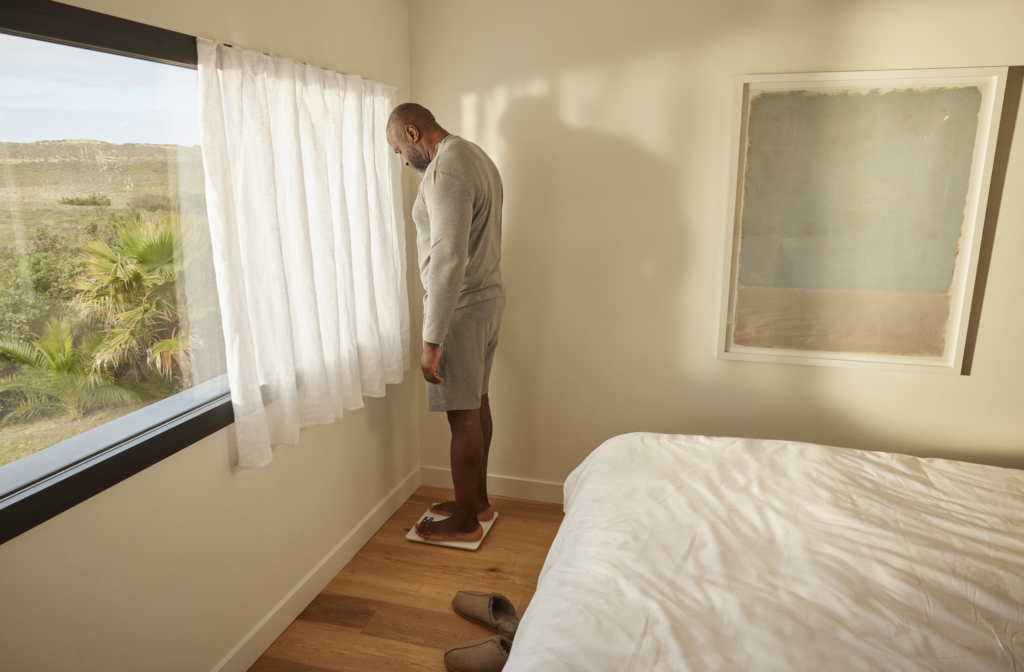Point of Care Blood Pressure Education is the Key to Accuracy

A study published in November of 2024 in the Journal of the American Heart Association confirmed common feedback we hear from care teams: home blood pressure measurements are often not performed according to guidelines.
Infographic: Streamlining Remote Blood Pressure Monitoring Workflows

Remote blood pressure monitoring is revolutionizing hypertension care by providing more data for timely interventions, addressing barriers like transportation and clinic visits. BPM Pro 2 streamlines clinical workflows, enabling care teams to efficiently manage high readings and scale hypertension care in response to the growing prevalence of the condition.
Remote Patient Monitoring for Hypertension: Addressing Barriers to Improving Clinical Outcomes with Dr. Alexander Blood

In tackling hypertension—a condition that often remains undetected until it causes serious health issues—remote patient monitoring (RPM) offers a vital solution. Dr. Alexander Blood highlights how RPM technology bridges the gaps in hypertension management, providing real-time data that supports early intervention and personalized treatment plans. By giving clinicians precise insights and empowering patients to actively participate in their care, RPM helps overcome traditional barriers in managing blood pressure, such as inconsistent readings and the lack of context surrounding measurements.
What is BPM Pro 2? The Next Generation of Remote Blood Pressure Monitoring

BPM Pro 2 is advancing remote blood pressure monitoring as a first-of-its-kind device complete with exclusive features for increased patient engagement and data reliability.
Heart Health in the GLP-1 Era: The Role of Remote Patient Monitoring

Healthcare providers can benefit from high-precision remote monitoring tools like cellular connected scales and blood pressure monitors that offer daily insight into a patient’s weight, BMI, body composition, heart rate, blood pressure and more.
Connecting Patients and Providers: The Impact of RPM on Modern Healthcare

Discover how RPM is revolutionizing modern healthcare, empowering providers to deliver proactive care, and enhancing patient outcomes. Our comprehensive infographic dives into the key benefits, including improved patient engagement, cost reduction, and better chronic condition management. Download it now to explore how RPM is shaping a smarter, more connected healthcare system.
Using a Variety of Modalities to Measure Both Small and Large Fiber Neuropathy Provides More Accurate Estimates of the Prevalence of Diabetic Neuropathies

In April 2024, the Journal of Diabetes and Its Complications published “Contemporary prevalence of diabetic neuropathies in individuals with Type 1 and Type 2 diabetes in a Danish tertiary outpatient clinic”, a large scale study from researchers at the Steno Diabetes Center in Copenhagen, Denmark. Researchers assessed 822 individuals with Type 1 and 899 individuals with Type 2 diabetes for both distal symmetric polyneuropathy (DPN) and diabetic autonomic neuropathy (DAN) using a variety of modalities in order to make population-based prevalence estimates.
Diabetic Neuropathy Research and Withings Technologies Highlighted at The American Diabetes Association’s 84th Scientific Sessions

When the world’s leading clinicians and researchers gather later this month in Orlando, Florida at ADA’s 84th Scientific Sessions, diabetic peripheral neuropathy and diabetic foot ulcer prevention will be spotlighted.
Safely Prescribing GLP-1 Medications for Older Adults: Remote care solutions that offer protection and connection

Remote care solutions, like connected devices and remote patient monitoring allow for safer GLP-1 use in older adults.